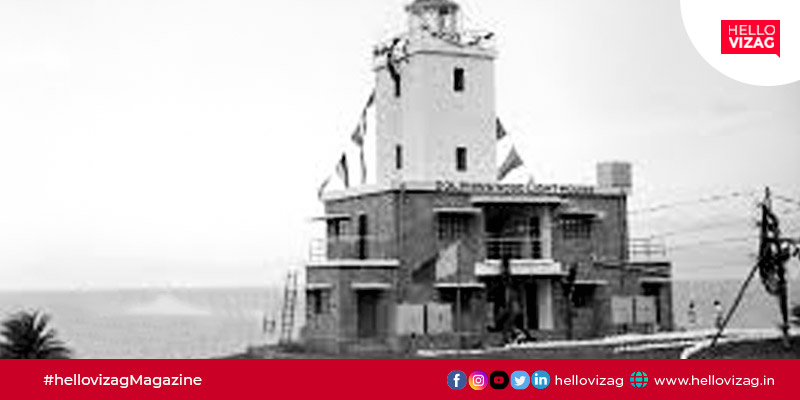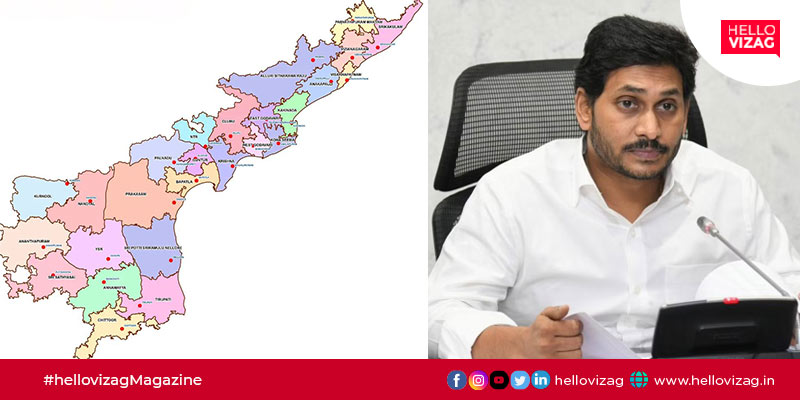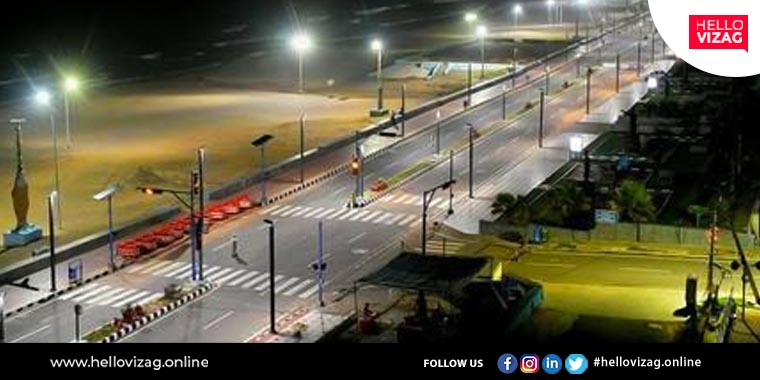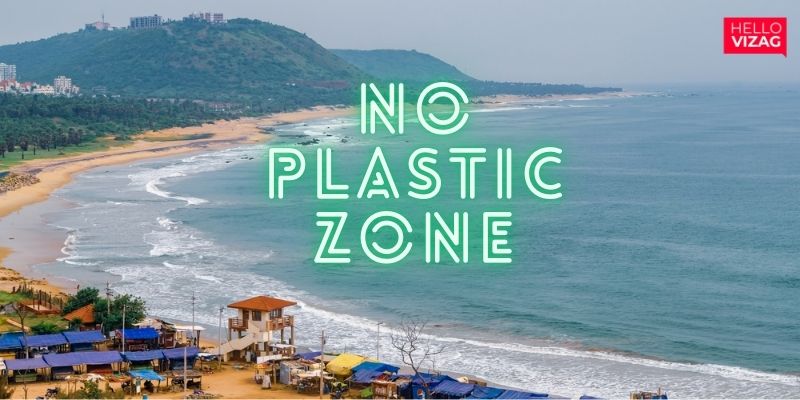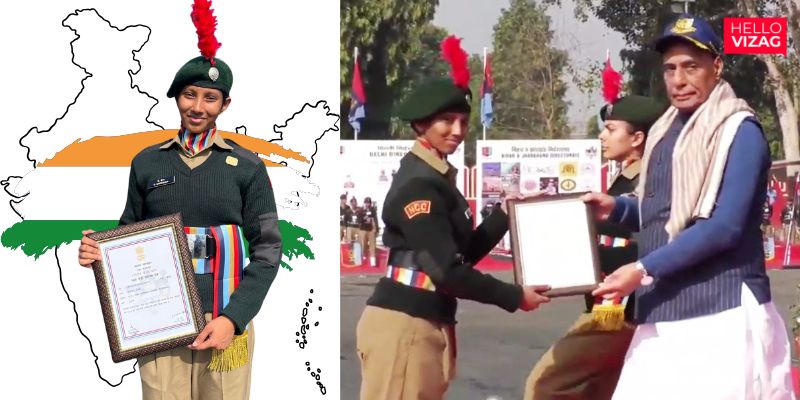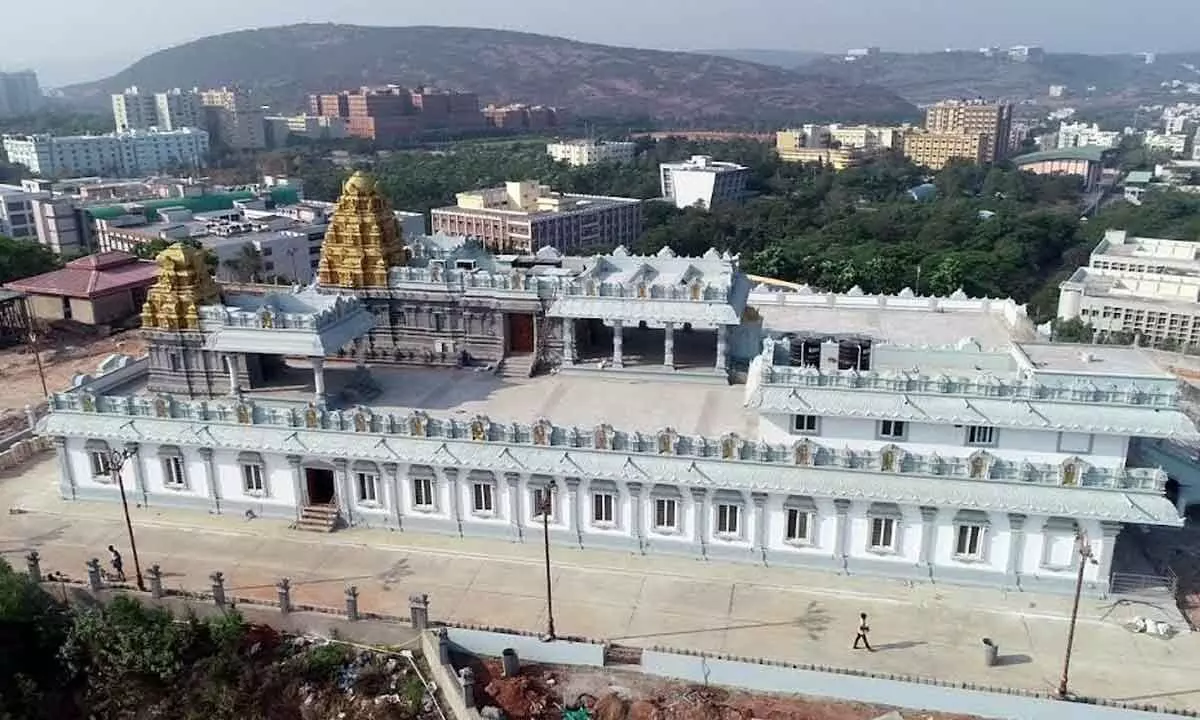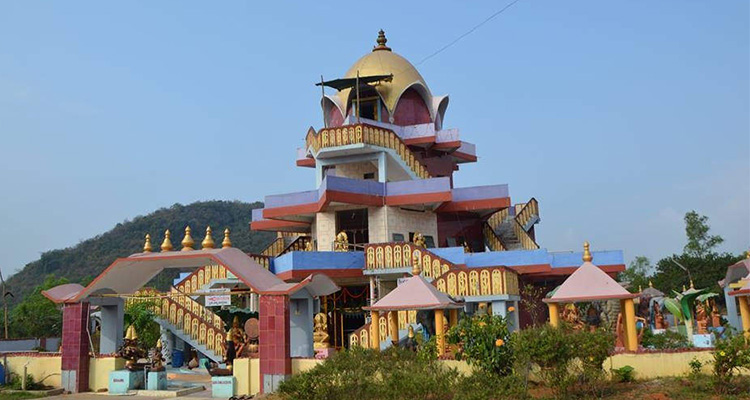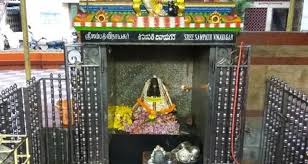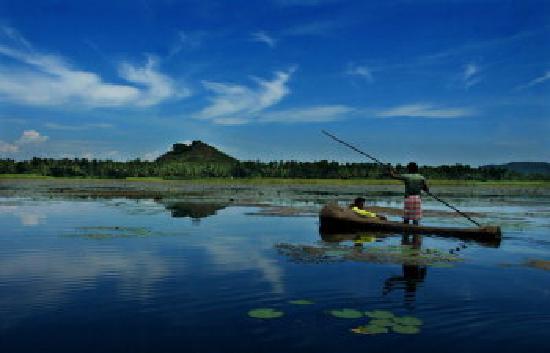A brief story on the historical events in Visakhapatnam from 260 BC to 1847
The city of destiny, Visakhapatnam, was India's only district before India gained Independence in 1947. The history of this region dates back to the 6th century Before Christ(BC); the city finds mentions in ancient texts such as the 4th century BC writings of Pāṇini and Katyayana.
According to a few records, Visakhapatnam was under the Kalinga empire. Archaeological records suggest that the present city was built around the 11th and 12th centuries by the Chola dynasty king Kulothunga. The British East India Company later captured Visakhapatnam after the Battle of Vizagapatam.
Here is the list of historical events from 260 BC to 1847:
1. 260 BC - Emperor Ashoka conquered the Kalinga empire in the Battle of Kalinga. Visakhapatnam was then a part of the Kalinga empire.
2. 13 AD - Sri Varahalakshmi Narasimha Swamy temple was build in Simhachalam.
3. 208 AD - King Chandra Sri Satkarni ruled the Visakhapatnam region.
4. 1515 AD - Visakhapatnam was a part of Sri Krishna Devaraya's vast empire that included most parts of Andhra Pradesh. During his reign, there are inscriptions that he visited the Simhachalam several times and presented emeralds. These emeralds were stolen by Gajjela Prasad, a burglar from Stuartpuram. Later they caught the burglar, but the emeralds were broken.
5. 1689 - The Mughal Emperor Aurangzeb’s army occupied the factory set up by the East India Company.
6. 1735 - The Dutch came to Bheemunipatnam and started trade from Visakhapatnam. Their graves are still present in Bheemunipatnam even today.
7. 1765 - After the fall of the Mughal Empire, the northern area of Visakhapatnam was adopted by the British East India Company. This area came to be known as 'sarkaru' and 'sarkaru vari zilla'. At that time, the British resident in this part of Visakhapatnam. The area is called the 'Soldier Town' in the One Town area. Even today, many Anglo Indians reside there.
8. 10 July 1831 - The elephant hero returned from Kashi to the surrounding villages of Visakhapatnam as part of his tour. He visited all the neighbouring villages of Visakhapatnam, Vijayanagaram, Alamanda, Sabbavaram, Simhachalamu, Kashinkota, Anakapalli, Yalamanchili, Divyala, Nakkapalli, Upamaka, Tuni, Nagalapalli, Yanam, Neelapalli, Injaramu, Madaya Palemu, and Uppada.
9. September 1804- The Visakhapatnam district was initially formed this year. After the Independence in 1947, the Visakhapatnam district was the only large district in India, and hence it was divided into Srikakulam, Visakhapatnam, and Vijayanagaram districts.
10. 1847 - St. Aloysius Anglo Indian High School was established in Visakhapatnam. This school is not just the oldest school in Visakhapatnam, but it is the oldest school in the country.

 Team Hello Vizag
Team Hello Vizag
